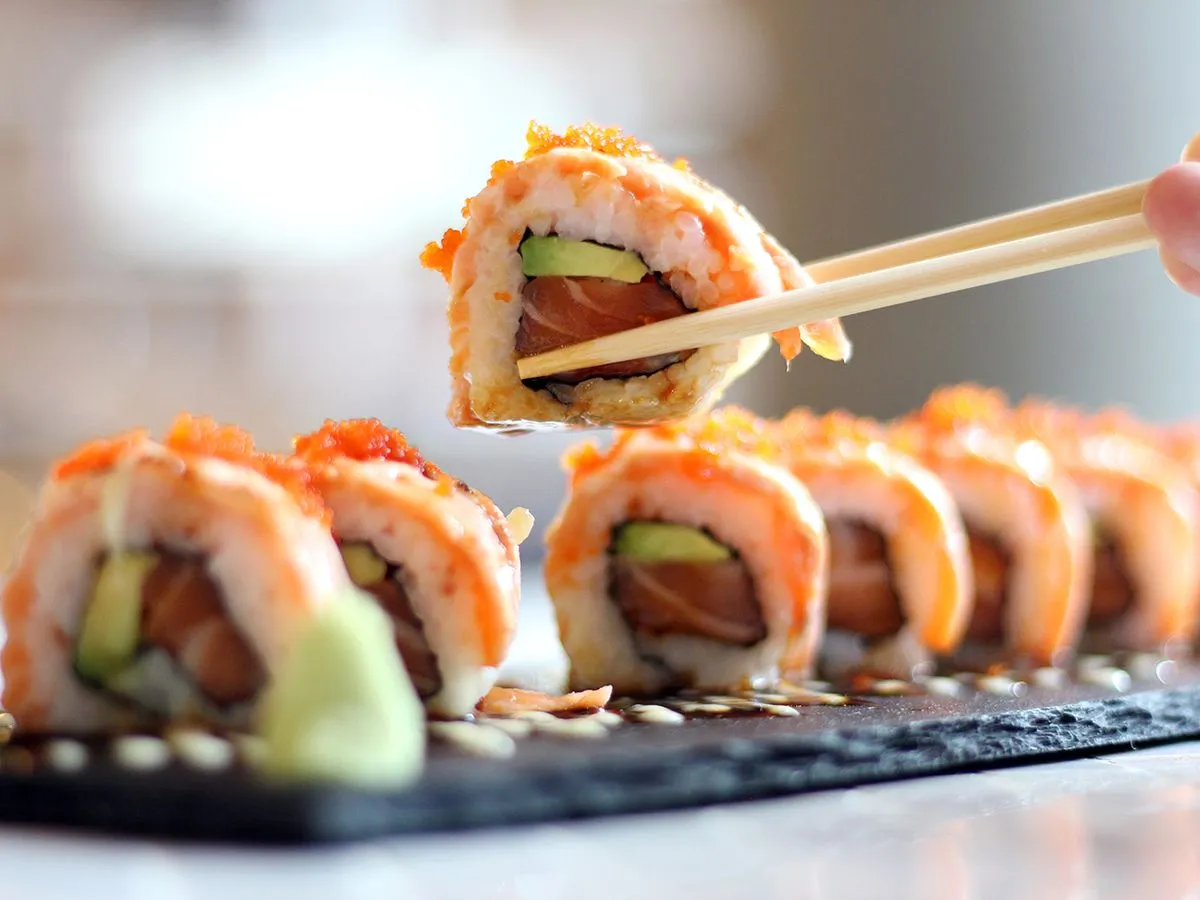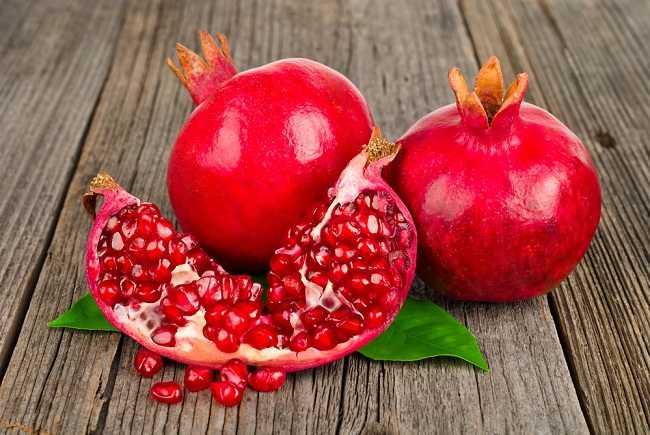Sushi, a culinary marvel that has taken the universal stage by storm since its inception in Japan, blends art, tradition, and taste in a mouthwatering delight like no other . It cannot only be categorized as food such as a sandwich, burger, or salad, but also as a cultural identity such as pasta, pizza, and kebabs, which are known globally due to their nation of origin. In this detailed comprehensive guide, you will explore the Japanese cultural phenomenon that has swept the global culinary market and has intrigued millions of sushi lovers worldwide.
The Origins of Sushi
A Journey from Humble Beginnings
Therefore, the history of sushi is as layered as it is flavorful. In its origins in Southeast Asia in the 8th century, sushi was not a type of cuisine but a technique by which fish was pickled with fermented rice. This method was later adopted by Japanese chefs after having undergone a transformation which turned the sushi from pickled into fresh food. The sushi, as we know it today, became popular in the Edo period, with the reformulation of the sushi rice and the addition of fresh fish.
Sushi Enters the Global Stage
Forced to leave their country, people left behind their traditions, culture, and popular wisdom, including sushi. This dish entered the mass market only in the mid-20th century, where it quickly gained popularity especially in California, where the world-famous California roll was created – a modified, to the tastes of Americans, version of a traditional dish. Since then, sushi restaurants and sushi bars began to appear in all cities of the world.

The Art of Sushi Making
Ingredients and Techniques
Sushi is an art steeped in simplicity and reverence for the primary ingredients. It is made up of sushi rice or “shari,” fresh fish or seafood, and nori. Moreover, supposed you add high-quality condiments such as soy sauce, wasabi, and pickled ginger . Sushi chefs, also known as itamae, devote decades to cultivating their expertise to prepare decent sushi rice and slicing fish. The rice must be cooked to perfection and blended with vinegar, sugar, and salt, while the fish must be fresh, selectively selected, and punctiliously cut.
Types of Sushi
Sushi comes in various forms, each offering a unique taste and experience:
- Nigiri: Hand-pressed sushi rice topped with a slice of fish.
- Maki: Sushi rolls filled with ingredients and wrapped in nori.
- Sashimi: Thinly sliced raw fish, served without rice.
- Temaki: Hand-rolled cones of nori, filled with rice, fish, and vegetables.
- Chirashi: A bowl of sushi rice topped with a variety of sashimi.
- Uramaki: Rolls with rice on the outside and nori on the inside, like the well-known California roll.
Culinary Experiences Around Sushi
Sushi Bars and Omakase
When it comes to dining in a sushi bar, it gets even more intimate with the sushi world. Omakase is one of the highest manners in which to dine and enjoy sushi. In this service, the chef decides the dishes that the customer will have based on seasonal availability and freshest of the seafood is prepared to offer the customer a unique meal experience. This method not only shows the chef’s skills but also enhances the client’s view of the art.
Sushi Etiquette
Enjoying sushi comes with its own set of traditional practices:
- Ordering: It’s customary to start with lighter, milder flavors and progress to the richer ones.
- Eating: Nigiri should be eaten in one bite, with the fish side touching the tongue first.
- Condiments: Use soy sauce sparingly to avoid overpowering the delicate flavors of the fish, and apply wasabi directly to the fish rather than mixing it into the soy sauce.
Sushi Beyond Japan
Global Variations and Innovations
However, as sushi has journeyed around the world, it has evolved and been re-adapted in many directions. For example, the United States has influenced sushi to include the likes of spicy tuna rolls. Moreover, Brazil has implemented its own style of sushi with exotic sushi rolls topped with fruits such as mango. Despite all the various iterations that exist today, the foundation of simple specialty dishes continued.
Sushi Making at Home
With sushi’s popularity, many enthusiasts have started preparing it at home. Basic sushi making kits are widely available, and with fresh ingredients, a little practice, and patience, anyone can enjoy homemade sushi. Online tutorials and classes have also made learning the art of sushi more accessible than ever.
The Health Benefits of Sushi
Nutritional Value of Sushi
They are often celebrated not only for the great taste and artistic presentation but also for the benefits to health. Containing raw fish, sushi is high in omega-3 fats, which promote heart health and proper brain functioning. Among other ingredients, such as seaweed, wasabi, and ginger, also add up to the nutritional value. Seaweed is a great source of iodine and vitamins, wasabi has anti-inflammatory properties, and ginger improves digestion.
Considerations for Healthy Consumption
Despite being a generally healthy option, the most important is freshness and quality, especially if we are talking about eating raw ingredients. For added health benefits, sushi can be made with whole grains, such as brown rice, and not topped or dipped in high-calorie sauces. Alternatively, moderation can also benefit health outcomes for those meals involving frying or creamy sauces.
Sushi’s Role in Contemporary Culture
Sushi in Pop Culture
Sushi’s integration into global dining has made it a staple in contemporary culture, often appearing in movies, television shows, and literature. It symbolizes sophistication and an appreciation for gourmet experiences, making it a frequent feature in narratives that emphasize cosmopolitan lifestyles.
Sushi and Environmental Awareness
Ultimately, the growth of sushi demand should give pause about the sustainability of fish populations and the overall health of the ocean. In a response, chefs, and consumers increasingly prefer fish bred in responsible fisheries and species subject to smaller overfishing. This does not mean the end of fish consumption but rather reflects a general tendency in the food industry to preserve nature while still benefiting from jpslot.

Expanding Your Sushi Horizons
Exploring Regional Sushi Varieties
Japan’s vast array of regional sushi offerings provides an exciting avenue for culinary exploration. From Hokkaido’s kaisendon, brimming with fresh seafood, to Kyushu’s distinctive vinegar-flavored rice, regional varieties offer a deeper understanding of Japan’s culinary diversity. Each region adds its local flair to sushi, reflecting local tastes, traditions, and available ingredients.
Sushi Workshops and Culinary Tours
Sushi-making workshops and culinary tours are excellent ways to delve even deeper into the sushi world. Workshops and tours can be a fun, interactive way to gain additional experience spreading and rolling the rice and learning about the history and culture of such an iconic food. Culinary tours, which are commonly organized and curated by sushi masters and other expert chefs or locals in Japan, are reportedly walking us through the sushi cultural roots: from the massive Tsukiji Market in Tokyo to the fresh sushi counters in the seaside Kanazawa.
The Future of Sushi
Innovation and Technology in Sushi Making
The sushi industry continues to evolve, incorporating innovations that range from robotic sushi makers to sushi-making kits for home cooks. Technology is also being used to trace the origins of fish and manage stocks more sustainably. These advances are making sushi more accessible and environmentally friendly, ensuring its place in the future of global cuisine.
Cultural Exchange Through Sushi
As sushi continues to gain popularity worldwide, it serves as a bridge for cultural exchange. It introduces people to Japanese culture and, conversely, incorporates local influences into traditional sushi making, creating a dynamic interplay of global culinary practices. This exchange enriches global dining experiences and fosters a greater understanding between different cultures.
A Global Culinary Journey
Indeed, sushi is more than just another food concept. It is a cultural phenomenon rooted in both tradition and evolution. It implies a unique combination of art, artisanship, and tradition that has been skillfully adapted to meet global demand. Sushi has shaped the way the world understands the concept of meals – making it more than just a necessary part of one’s day but also a shared experience.
Whether you are a curious novice or a devoted sushi aficionado, this brief overview of sushi and its types will leave you amazed by its sheer ingenuity and grace. Therefore, let us explore the mysteries of sushi and continue to celebrate the everlasting development and improvement of this tradition.
Also read: Meditasi: Mengintegrasikan Praktik Kuno ke dalam Kehidupan Modern 2024





